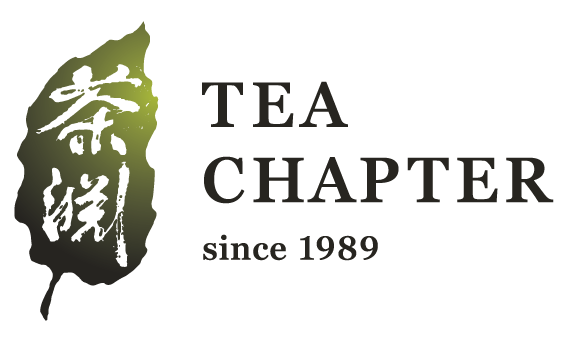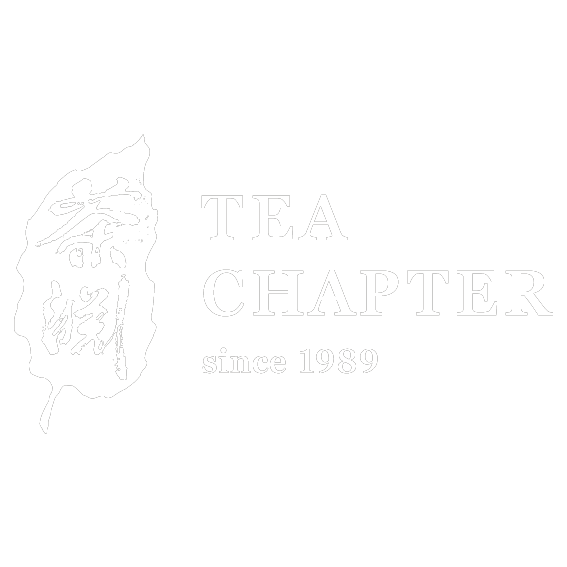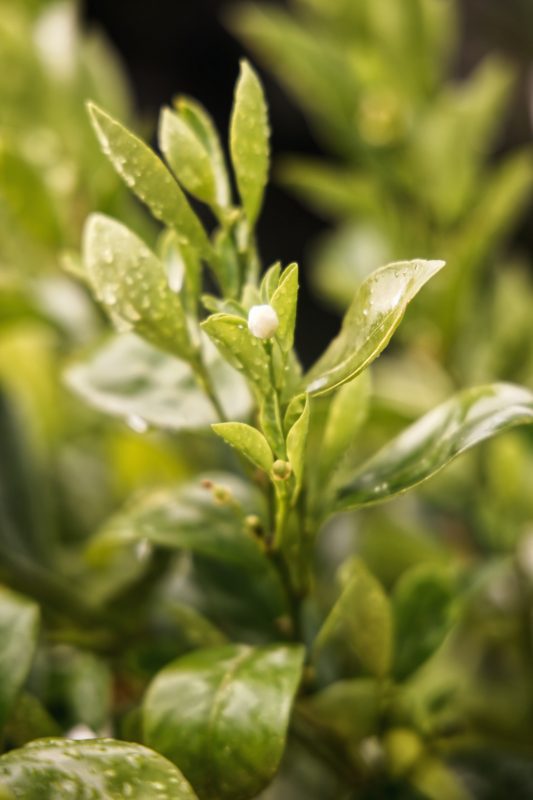Tea Facts
How are tea leaves made?
The basic manufacturing method of China’s six major teas is to select and combine the following processes to form different teas.
Green tea: fresh leaves -> fixing -> Shaping -> drying
Chinese Red tea [Black tea]: fresh leaves -> withering -> Shaping -> oxidising -> drying.
Oolong tea: fresh leaves -> withering -> bruising -> fixing -> Shaping -> drying
White tea: fresh leaves -> withering -> drying
Chinese Black tea [Dark tea]: fresh leaves -> fixing -> Shaping -> piling -> drying (the raw Pu’er does not have a piling process)
Yellow tea: fresh leaves -> fixing -> Shaping -> muffling -> drying
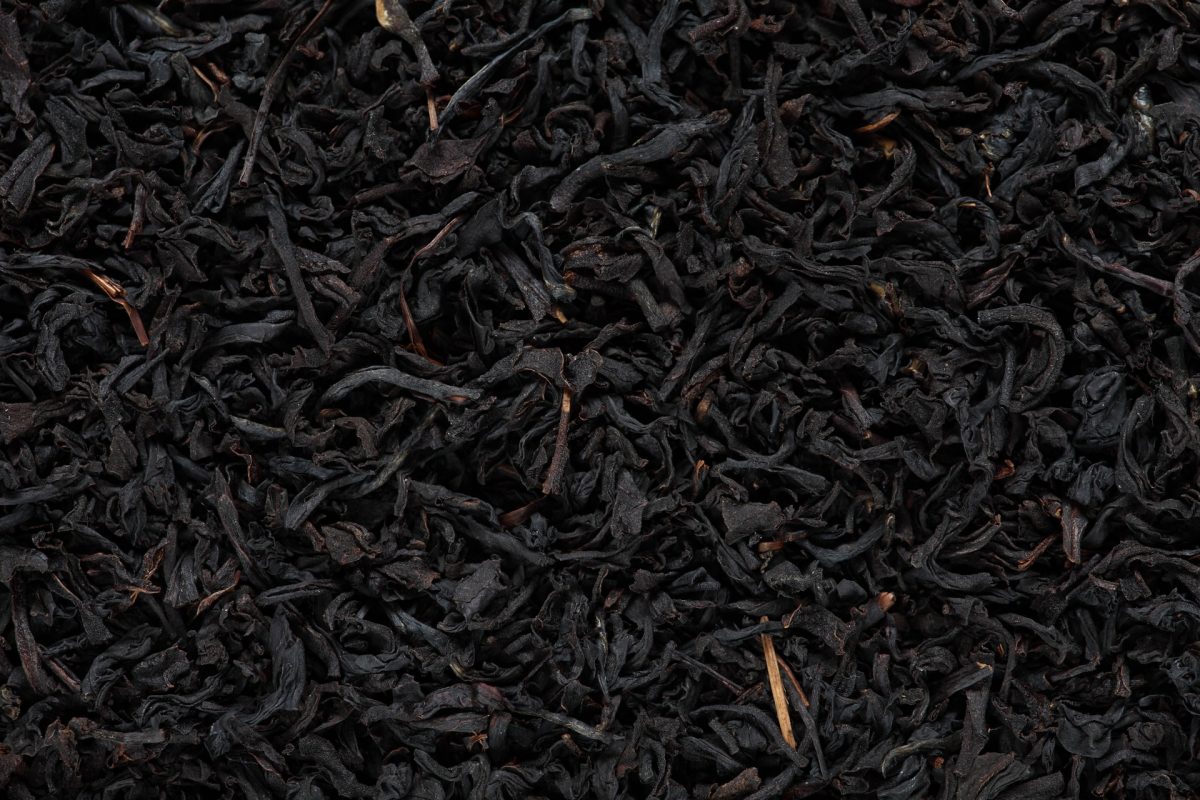
1. Fixing or “De-enzyming” / “Killing the green”
Fixing is very important to tea. High temperature is used for curing to quickly destroy the activity, prevent polyphenols from being oxidized, and at the same time increase the aroma of tea, lay the foundation for the taste of tea soup, continue to volatilize the fresh leaf moisture, and the leaves become soft, which is convenient for subsequent twisting. For green tea, there are two ways to make it: stir-fried and steamed. China’s existing tea is mainly roasted green, such as Dragon Well tea and Taiping Houkui. Japan retains the traditional steaming technique and applies it to most of the existing Japanese teas, such as matcha and sencha. Finishing is also the basis for forming the quality characteristics of yellow tea and dark tea. The curing temperature of raw Pu’er is low, and the oxidase of tea is not completely passivated. As time goes by, the oxidase will recover and catalyze the oxidation degree of tea in the later stage, forming a unique aging taste.
2. Withering
Withering can enhance enzyme activity for tea that needs to be Oxidised. Promote the volatilization of water from tea leaves and thus removing the grassy notes, preparing for subsequent processes. Withering is divided into sunlight withering, indoor natural withering and heating withering. Chinese Red tea [Black tea] is mostly used indoor natural withering method. Sunlight withering has higher requirements for natural environmental weather conditions, and is mostly used for oolong tea. The degree of sun-greening also varies with tea, and it is usually heavier in northern Fujian than in southern Fujian. As the only step before white tea is dried, white tea has a much greater degree of withering than black tea. The long duration also means more variables, and very high requirements for specific weather conditions.
3. Shaping
The purpose of shaping is to shape the tea under the action of external force, increase the concentration of the tea soup, and improve the internal quality of the tea. The black tea crushes the mesophyll cells and prepares for Oxidation. Different types of tea require different degrees of kneading, such as variants with pekoes, which requires more gentle kneading. The crushed black tea is cut while kneading during the kneading step.
4. Oxidising
Chinese red tea [Black tea] is fully oxidised, while green tea is not oxidised, oolong tea is semi-oxidised, and white tea is naturally oxidised. This is an important step to form the flavor and quality of the oxidised tea. The chemical change of oxidation starts from rolling until the end of drying. The essence of Chinese red tea fermentation is to enhance the activity of enzymes and promote the oxidative polymerization of polyphenols to form the aroma of the tea. Souchong black tea has added a smoking step to make the tea leaves have a pinewood fragrance.
5. Bruising / Disruption
According to the different seasons, tea varieties, regions, and the degree of bruising time varies. Some of the methodologies include the cooling method, the shaking method, and the piling method. It is an important process that affects the quality of oolong tea. Tea oxidation is relatively heavy in northern Fujian, while Oolong oxidation in southern Fujian and Taiwan is relatively light. The Guangdong Oolong Craft is close to the Oolong in Northern Fujian. Through the collision and friction between the leaves, the leaf margin cells are destroyed and oxidized, forming a special quality of “red trim”, the soup is golden in color, and the fragrance is rich. Water will diffuse from the stems and buds with higher water content to the leaf surface with low water content (water removal), producing a lot of aromatic compounds.
6. Muffling / Yellowing
After fixing, a chemical reaction occurs in the leaves under the action of heat and humidity. The time is shorter than that of black tea, and the content of the leaves changes less, resulting in yellowish or yellowish brown leaves. The representative Junshan Silver Needle, using fat and tender bud tips, has a golden and bright color and a sweet and refreshing taste. Different yellow teas have slightly different yellowing time processes.
7. Piling
The kneaded tea leaves are piled up, and part of the astringency and rough taste are removed through the heat and humidity in the pile. It is a post-oxidation process. There is an active microbial reaction. A large amount of cellulose and pectin in crude tea leaves are degraded by microorganisms, making the leaf stems soft and forming the unique flavor of Chinese black tea [dark tea].
8. Drying
The purpose of drying is to evaporate water, make tea easy to store by halting the enzyme activity of oxidised leaves, and stop oxidation to fix the quality. Fixing the tea’s color, fragrance and taste. Drying is often combined with further styling. In the process of evaporating water, the phosgene produced by the tea is transformed and volatilized, and aromatic substances are generated, such as the floral and fruity fragrance of dry tea, and the sweetness, while increasing the sweetness and layering of the tea soup.
9. Rolling and roasting
Rolling is a unique process that promotes the formation of curls or the spherical shape outside of oolong tea. Among them are the manual kneading method and machine kneading method. Roasting is the final process of some oolong tea, including initial roasting and re-roasting. There is no rolling process for Oolong in Northern Fujian.
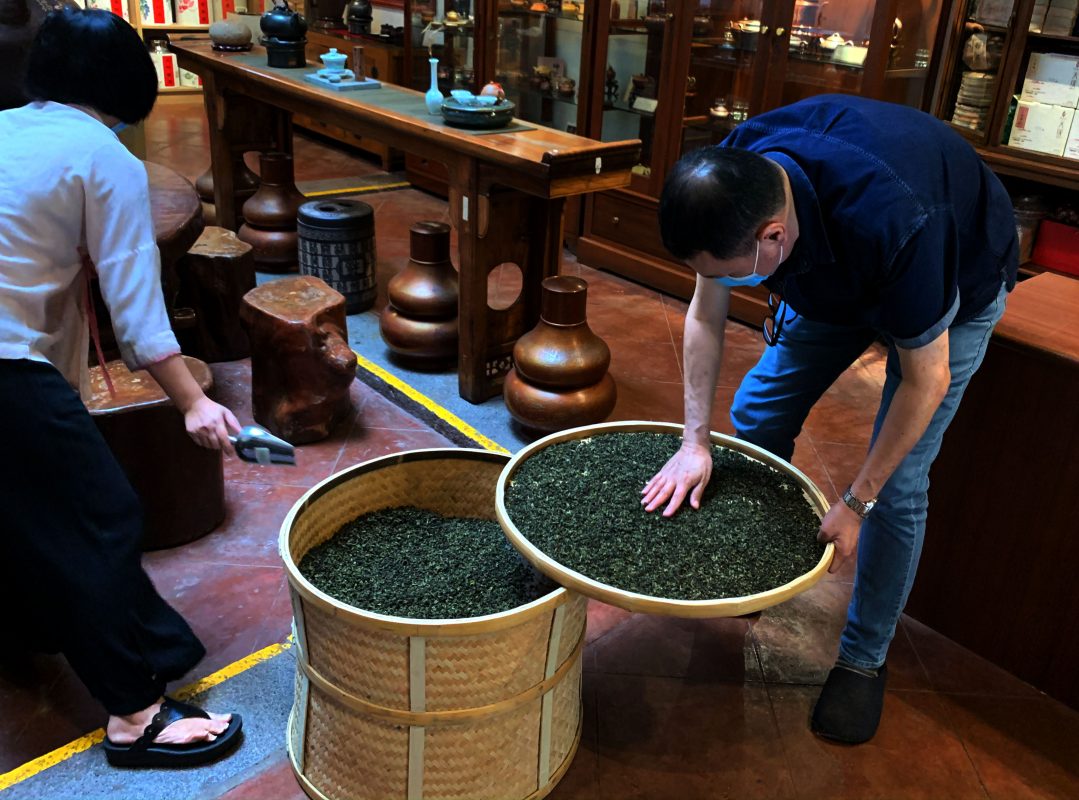
介绍六大茶类的初制作工艺:
中国六大茶类的基本制法是在以下工序中选取组合而形成不同的茶类。
绿茶:鲜叶, 杀青,揉捻,干燥
红茶:鲜叶,萎凋, 揉捻, 发酵,干燥。
乌龙茶:鲜叶,萎凋, 做青,杀青,揉捻,干燥
白茶:鲜叶,萎凋,干燥
黑茶:鲜叶,杀青,揉捻,渥堆,干燥 (生普洱没有渥堆工序)
黄茶:鲜叶,杀青,揉捻,闷黄,干燥。

- 杀青
杀青对茶至关重要,杀青用高温迅速破坏活性,制止多酚类被氧化,同时增加茶叶的香气,为茶汤滋味打下基础,继续挥发鲜叶水分,叶子变得柔软,方便后续揉捻造型。对于绿茶,有分炒青和蒸青两种杀青方式。中国现有茶叶以炒青为主,比如龙井,太平猴魁。而日本保留传统蒸青工艺并运用到了大部分现有日本茶上,比如抹茶,煎茶。杀青也是形成黄茶和黑茶品质特征的基础。生普洱的杀青温度偏低,茶叶氧化酶钝化不彻底,随着时间推移,氧化酶复苏,催化茶品后期氧化程度,形成独特的陈味。
- 萎凋
萎凋对于需要发酵的茶,增强酶活性。促进茶叶挥发水分,青草气消失,为后续工序做准备。萎凋有分日光萎凋,室内自然萎凋与加温萎凋。红茶多用室内自然萎凋法。日光萎凋对自然环境天气条件要求较高,又称晒青,多用于乌龙茶。晒青程度也是因茶而异,通常福建北部比南部要重。作为白茶干燥前的唯一步骤,白茶萎凋程度比红茶大的多,时间久也意味着变数多,采制时对天气要求很高。
- 揉捻
揉捻目的是在外力作用下给茶叶做造型,同时增加茶汤浓度,改善茶叶内质。红茶揉捻破碎叶肉细胞,为发酵做准备。不同品种的茶要求不同程度的揉捻,比如多毫品种,要求轻柔。而红碎茶就是在揉捻步骤中边揉边切。
- 发酵
红茶是全发酵茶,绿茶不发酵,乌龙茶是不完全发酵,白茶自然发酵。这是形成发酵茶色香味品质的重要步骤,发酵的化学变化从揉捻就开始,直到干燥结束。红茶发酵的实质是增强酶的活性,促进多酚类化合物的氧化聚合反应,形成香气。小种红茶更是加入了熏烟步骤使得茶叶带松烟香。
- 做青
根据季节不同,茶树品种,地域,做青的时间程度各不相同。包括凉青,摇青,堆青工序。是影响乌龙茶品质的重要工序。福建北部做青发酵比较重,福建南部和台湾乌龙发酵比较轻。广东乌龙工艺接近闽北乌龙。通过叶子之间的碰撞摩擦,叶缘细胞被破坏发生氧化,形成‘红镶边’,汤色金黄,香味醇厚的特殊品质。水分会从含水量较高的茎梗和芽扩散到含水量低的叶面 (走水),生成大量芳香类化合物。
- 闷黄
杀青后,在湿热作用下叶子内产生化学反应。时间比黑茶的渥堆短,叶子内含物变化较小,产生叶色黄变或黄褐。代表性君山银针,采用肥嫩芽尖,色泽金黄光亮,滋味甜爽。不同黄茶的闷黄时间工艺也略不同。
- 渥堆
将揉捻茶叶堆积起来,通过堆内的湿热作用,出去部分涩味和粗老味。是一个后发酵过程。有活跃的微生物反应,粗老茶叶的大量纤维素和果胶质被微生物降解,使得叶梗变柔软,形成黑茶独特的风味。
- 干燥
干燥目的是蒸发水分,使茶叶便于保存,破坏发酵叶的酶活性,停止发酵固定品质。形成固定的茶色,香,味。干燥会时常与进一步造型结合。在蒸发水分过程中,青草气物质转化挥发,芳香物质生成,例如干茶的花果香,甜香,同时增加茶汤甜润度和层次感。
- 包揉造型与烘焙
包揉(台湾称为团揉),促使乌龙茶外形成卷曲或颗粒的独特工艺。其中有分手工包揉和包揉机包揉。烘焙是部分乌龙茶最后的工艺,包括初焙,复焙。闽北乌龙没有包揉工序。
